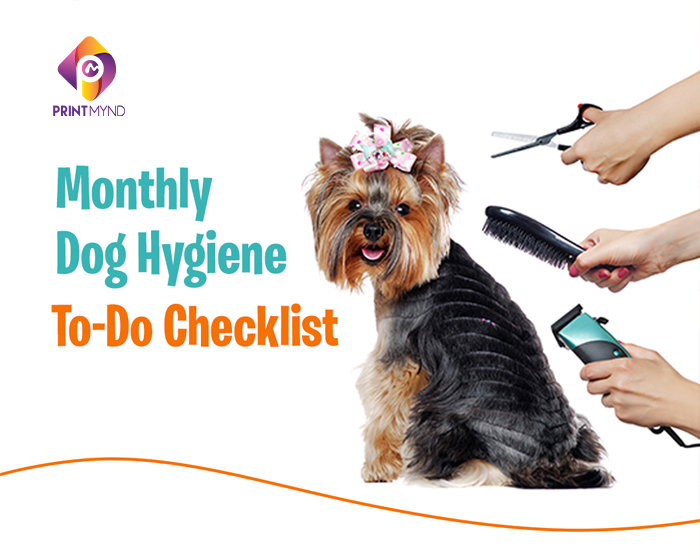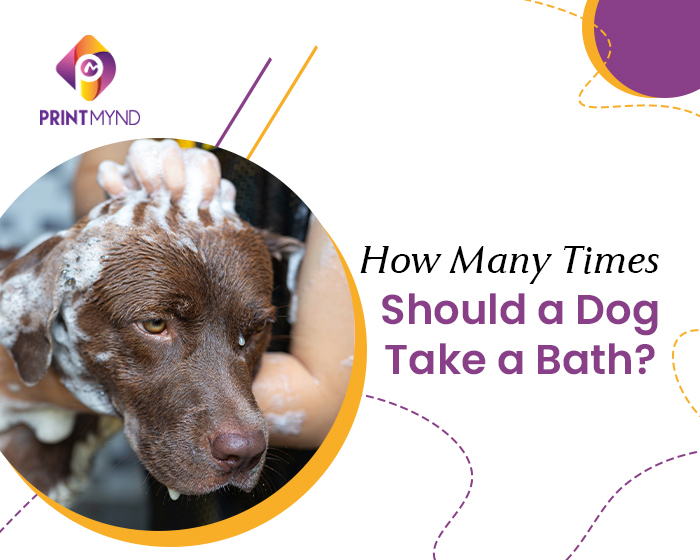If you’re a dog parent, you already know that your furry friend brings endless joy, love, and chaos into your life. You can have the most rewarding experiences in your life with your pet. But having a pet is not easy. It comes with many responsibilities. One such responsibility is taking care of your pet’s hygiene.
Good hygiene isn’t just about keeping your dog smelling fresh; it’s about protecting their health, preventing illnesses, and giving them the best quality of life possible.
A proper monthly dog hygiene checklist will ensure your pup stays healthy from nose to tail.
Let us get you through a checklist that will help you maintain your dog’s monthly hygiene.
1. Stay on Top of Vaccinations
Your dog’s health is not something that you can take lightly. Make sure that your dog receives all the vaccinations on time. They make sure that your dog is safe from preventable diseases like rabies, distemper, and parvovirus.
For that, schedule a monthly health check-in with your vet (or at least review your vaccination log at home) to make sure your pup is fully protected.
While you’re at it, do a quick at-home health check once a month:
- Look at their eyes, ears, and gums for anything unusual.
- Watch for changes in appetite or behaviour.
- If something feels off, call your vet – don’t wait.
2. Nail Clipping
Long nails can be a sign of poor hygiene, and they can actually hurt your dog. Overgrown nails can cause pain, affect your dog’s posture, and even lead to joint problems.
Try to get your dog’s nails trimmed every 3-4 weeks or sooner if you hear that “click-click” sound when they walk. If you’re not confident doing it yourself, your vet or groomer can help. Right from the stage, they are puppies; it is safe to clip their nails.
3. Dental Hygiene
Your dog eats many things throughout the day, which can build up a lot of bacteria in their mouth. Once a month, give your dog’s teeth a deep clean using a dog-safe toothbrush and toothpaste (never human toothpaste!).
Daily brushing is ideal, but if you can’t manage that, at least make a monthly cleaning non-negotiable. You can also add dental chews or water additives to their routine. Dogs don’t like this, so make sure you do it right.
4. Do a Fit Tick and Fleas Check
Dogs can do many things, including walking along streets and playing on the ground. They also like to roll around, which makes them a prime target for ticks, fleas, and even mites. It can be pretty annoying, so make sure to check them from time to time for ticks and fleas.
Once a month, do a thorough body check:
- Look behind ears, under legs, and around the tail.
- Feel for bumps or scabs that might mean a bite.
- Stay consistent with vet-approved preventatives (spot-on treatments, collars, or oral meds).
5. Bathe Your Dog (But not Too Often)
Yes, your dog needs a bath, but not every week. But you should also know that dogs can get flaky skin from frequent bathing, and their hair may lose its shine. Hence, dog baths should be done at least once a month, as part of a dog hygiene to-do checklist.
Use a gentle, moisturizing dog shampoo and lukewarm water. And don’t forget to dry them well (especially if they have a thick coat) to avoid hotspots.
6. Cleaning Your Dog’s Clothes or Accessories
Your dog’s bed, toys, collars, and harnesses collect dirt and bacteria over time. If you skip cleaning them, you’re basically undoing all your hygiene efforts. It is just as important to clean your dog’s shoes, clothes, and accessories as it is to bathe them.
To prevent your dog from catching any disease, make sure you wash their accessories and clothes at least once every four weeks. Wash bedding and blankets monthly, toss soft toys in the laundry, and wipe down bowls, leashes, and collars with a pet-safe cleaner.
7. Brush and Trim Their Coats
Brushing isn’t just about keeping your dog pretty; it’s essential for skin health. Not many people know that trimming your dog’s coat can help their skin breathe. Regular brushing removes dirt, spreads natural oils, and increase blood circulation. This also decreases the chances of your dog getting infected with ticks and fleas.
If your dog has a long or thick coat, trim it every few months to prevent matting and overheating. For short-haired pups, a monthly brush-out is usually enough to keep shedding under control.
Takeaway
Your dog depends on you for everything, including staying clean and healthy. They will spend most of their time indoors with you and your kids. Hence, it is important to understand that maintaining your dog’s hygiene is important.
You can keep your pet healthy and take care of their hygiene by following the checklist mentioned above. So, mark your calendar, set reminders, and make this checklist part of your routine.



